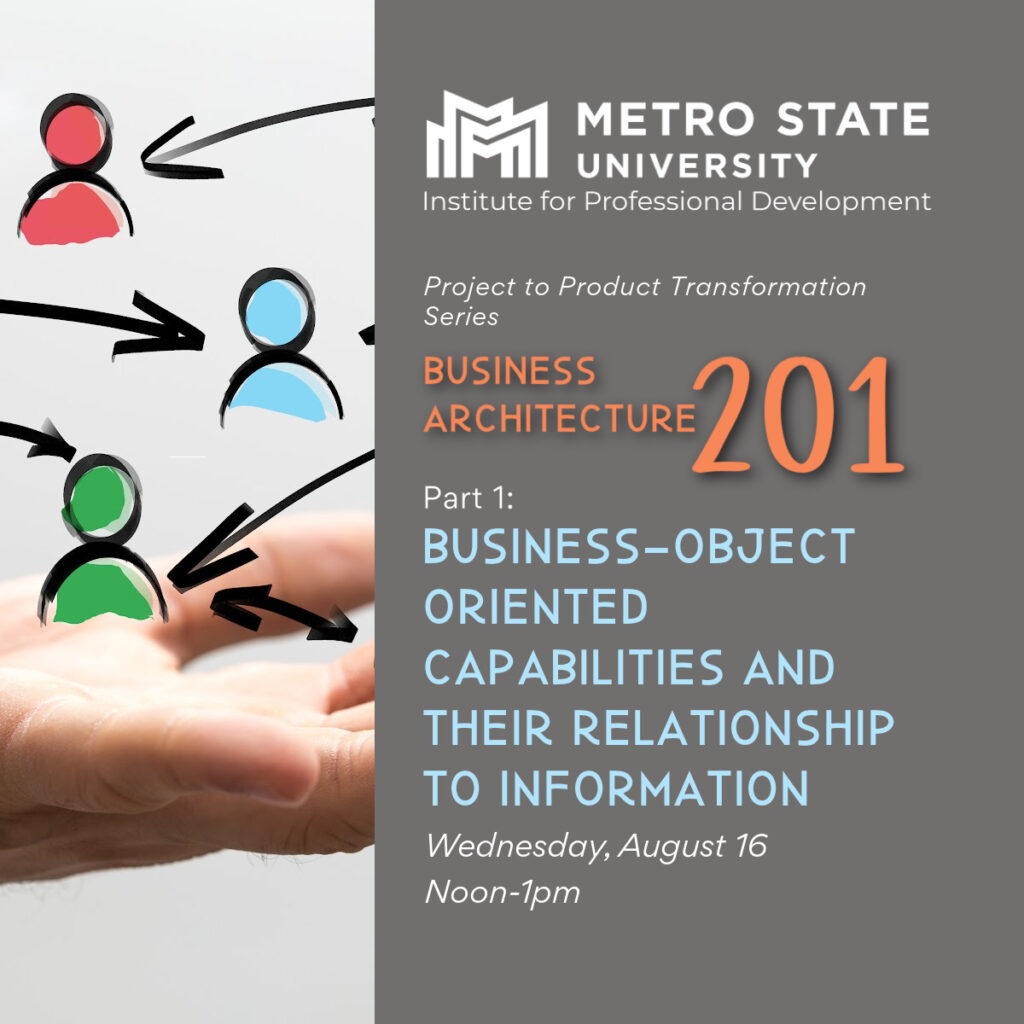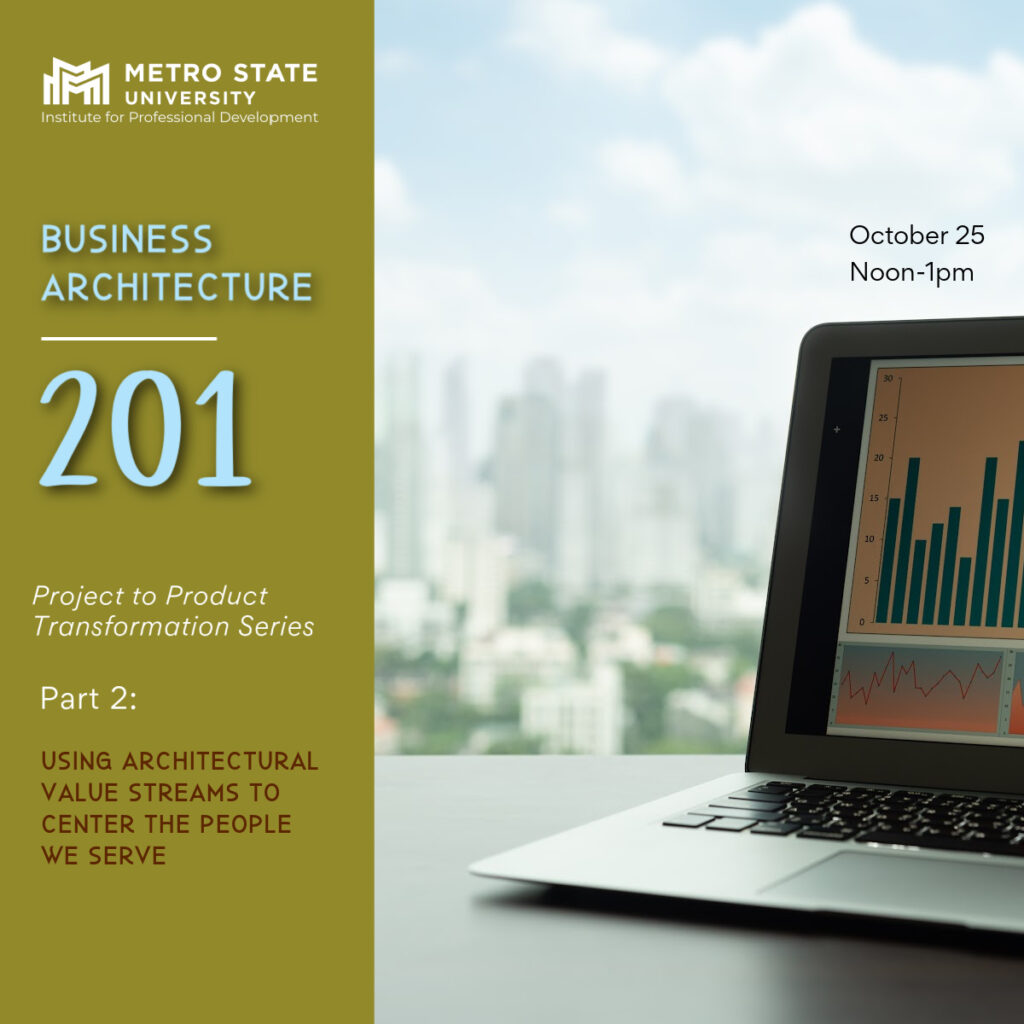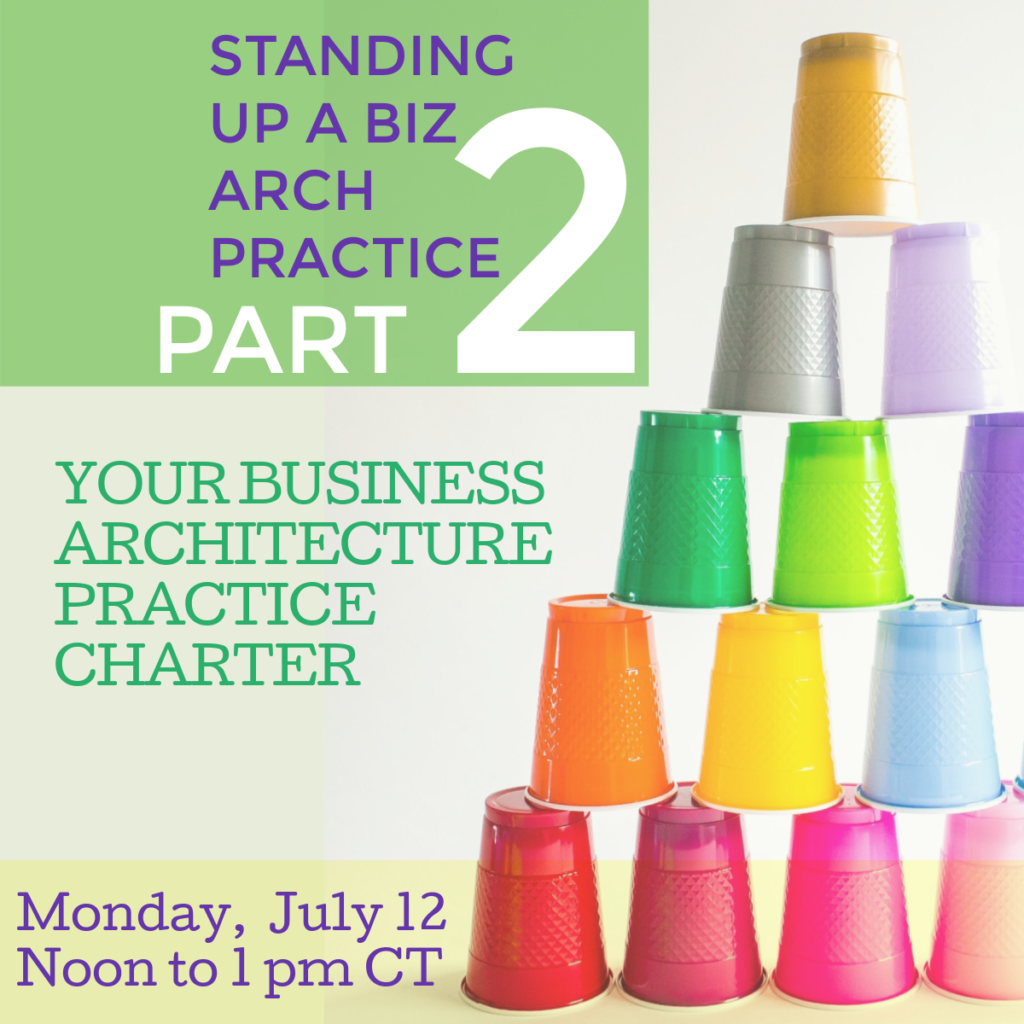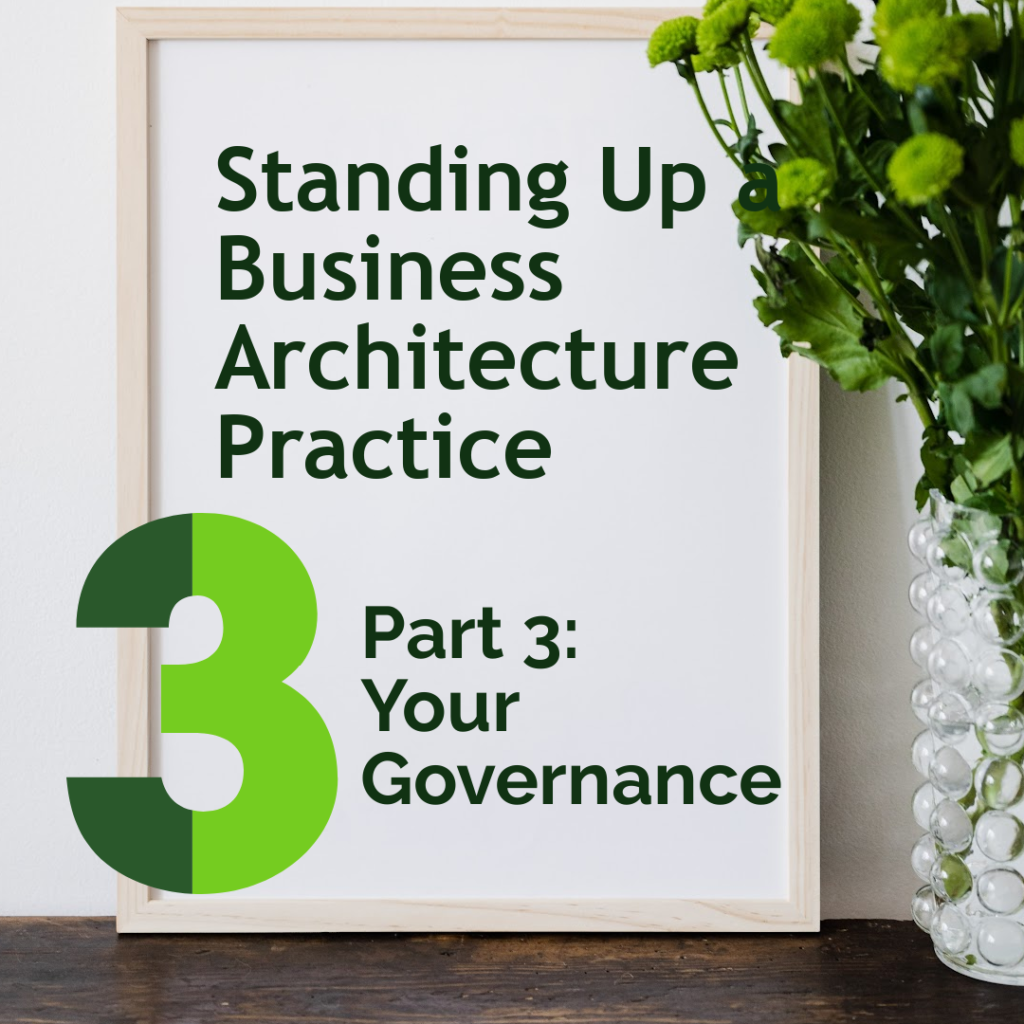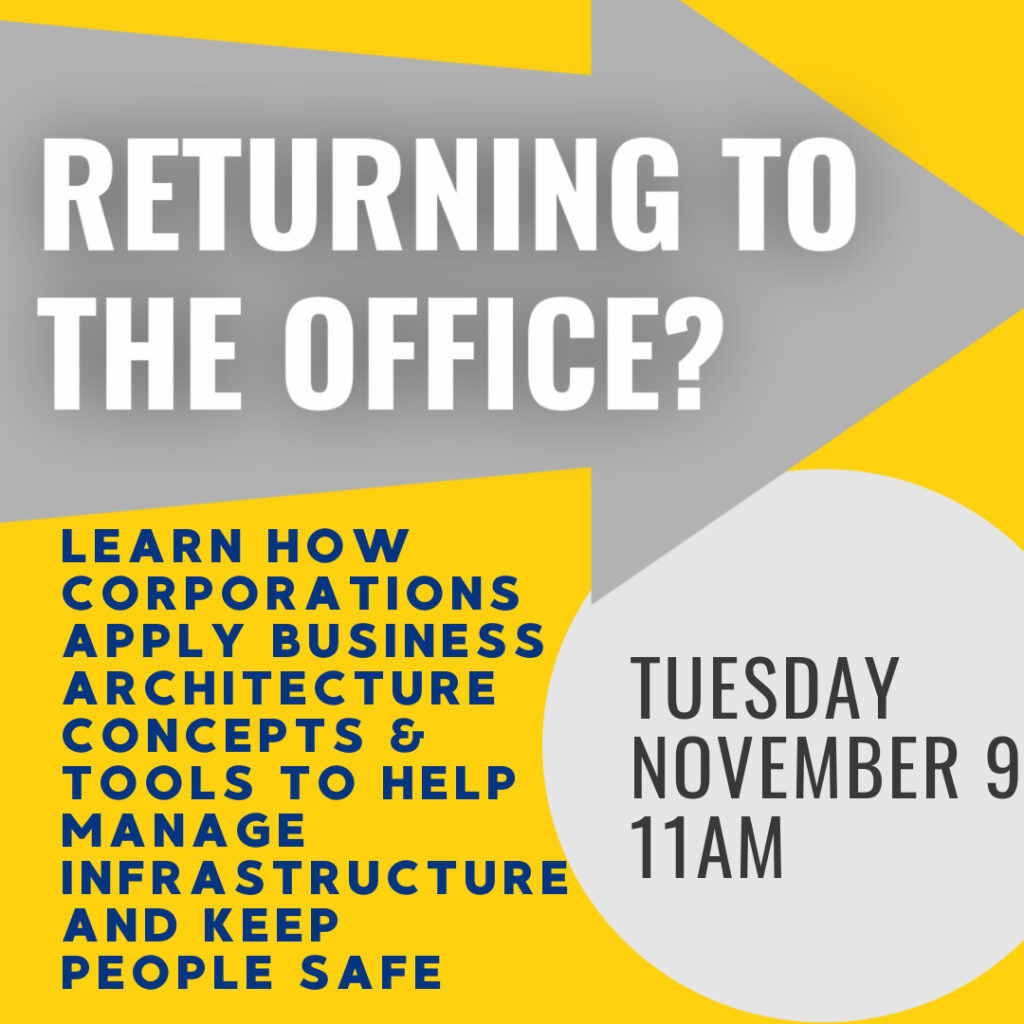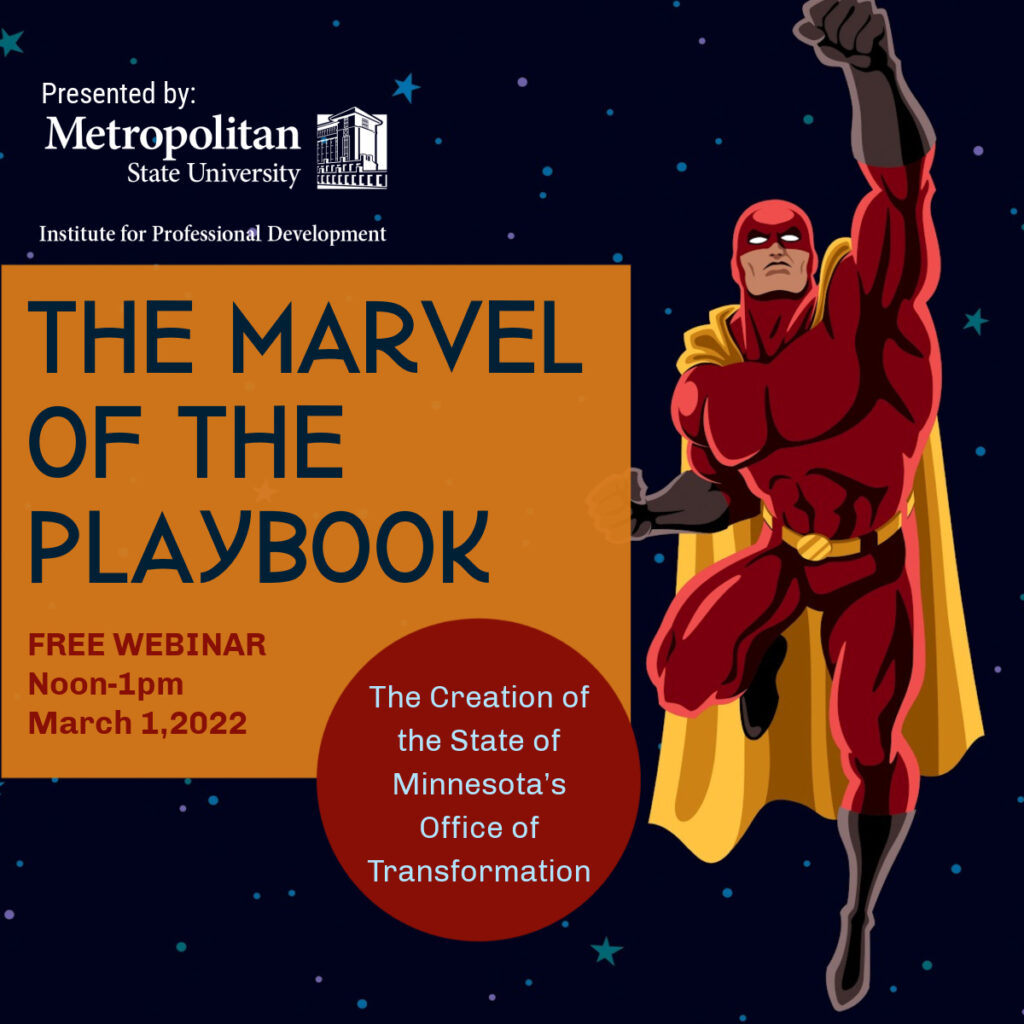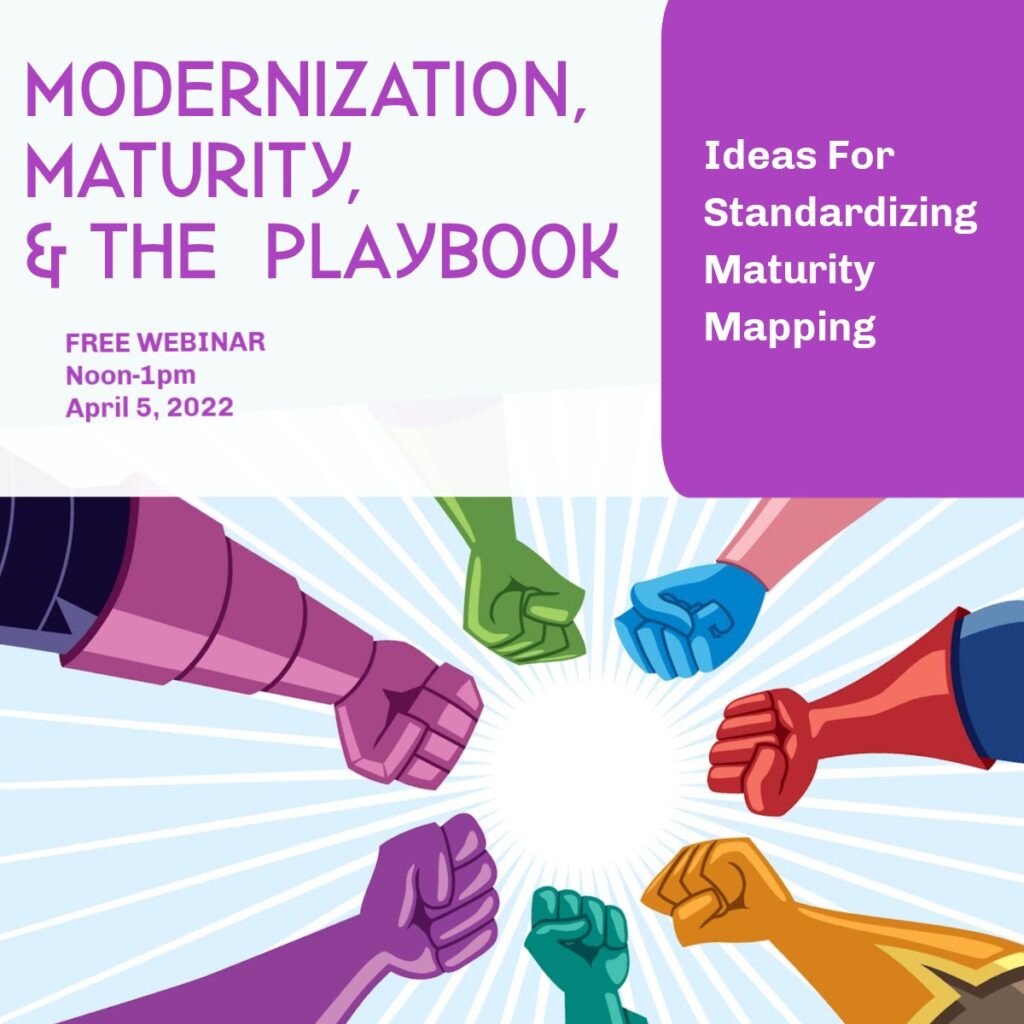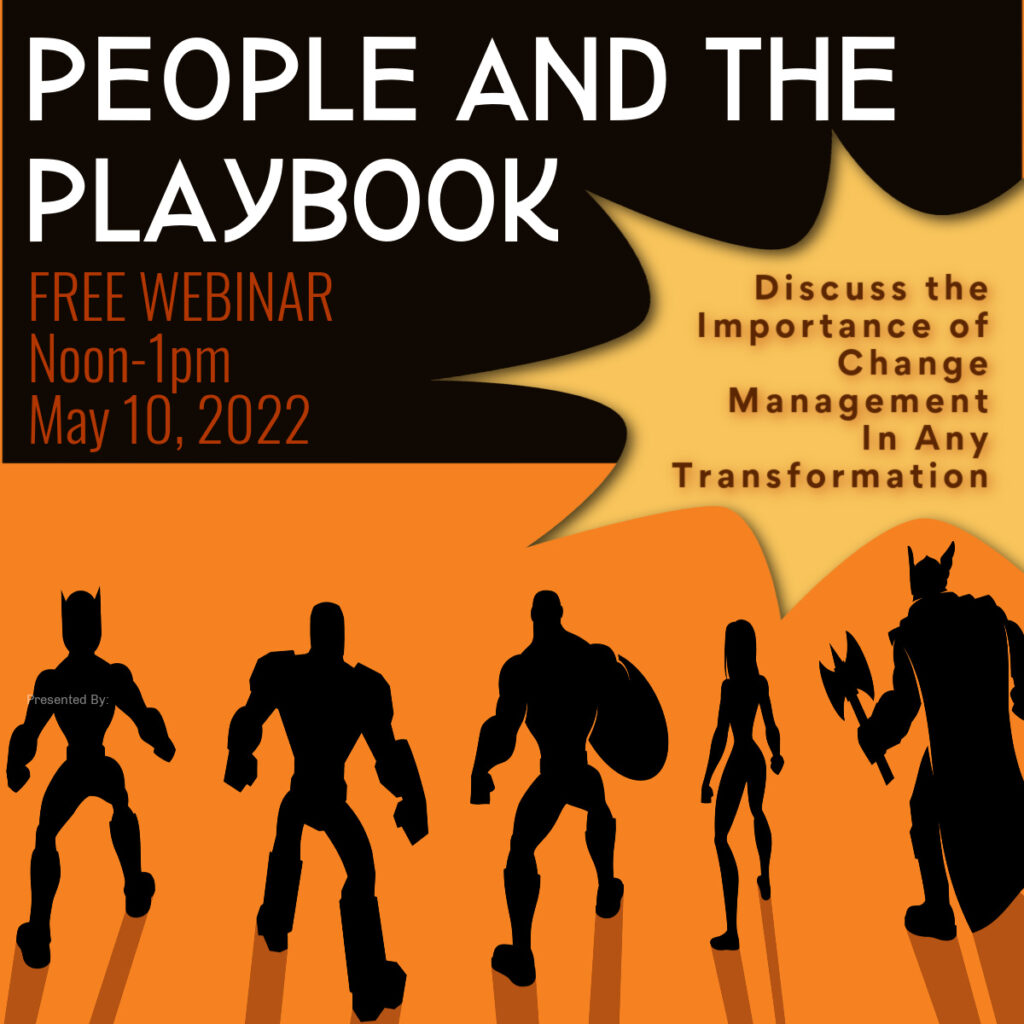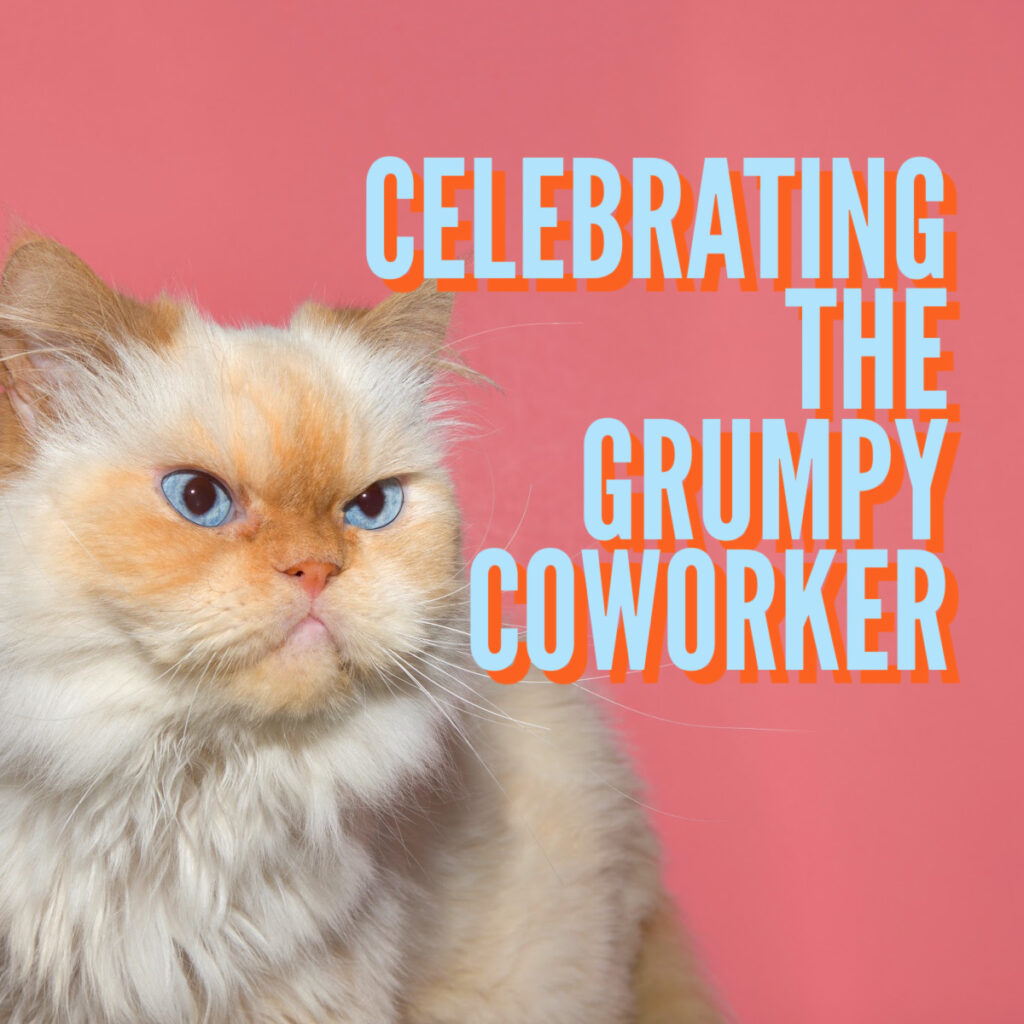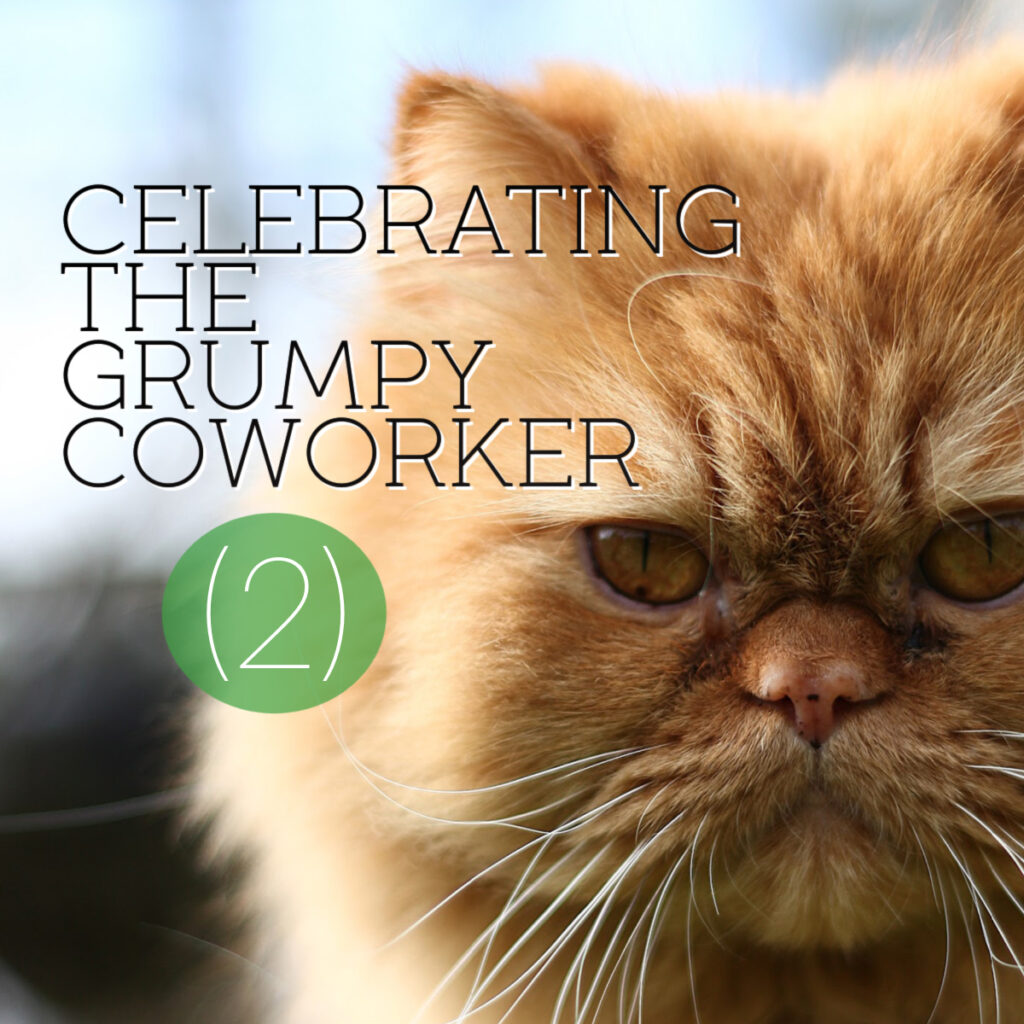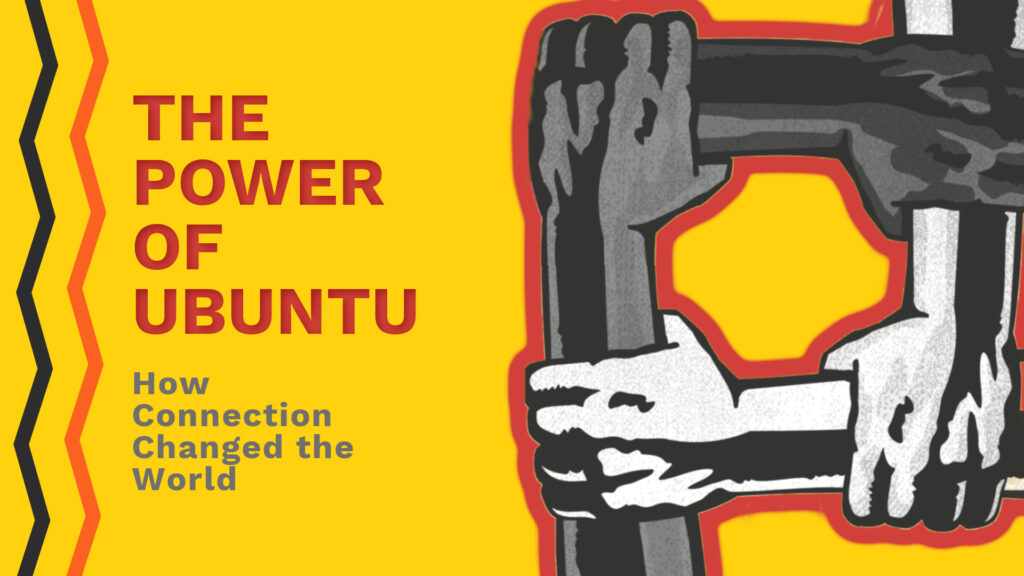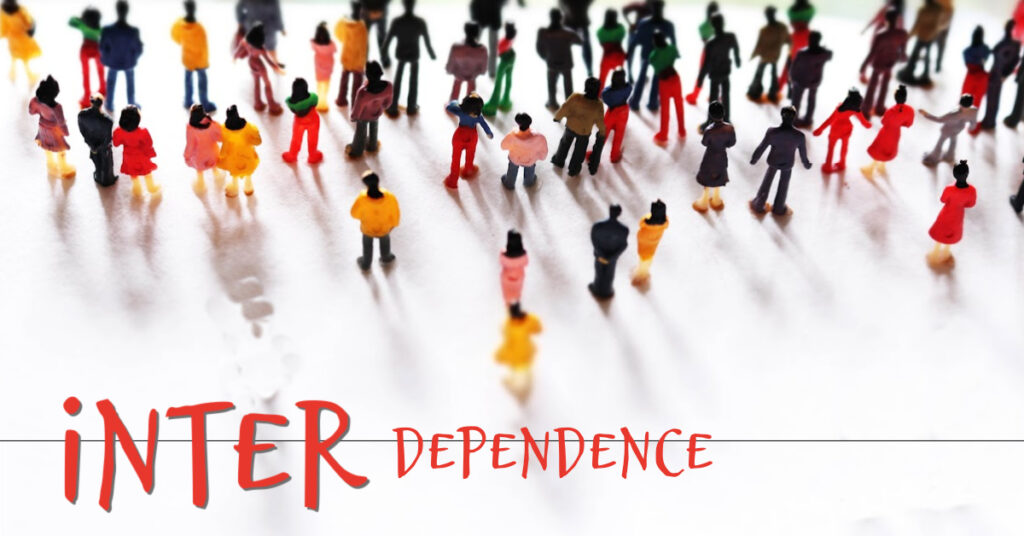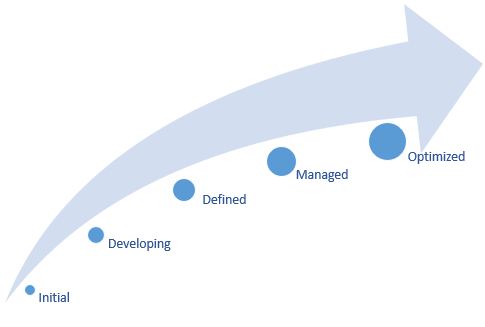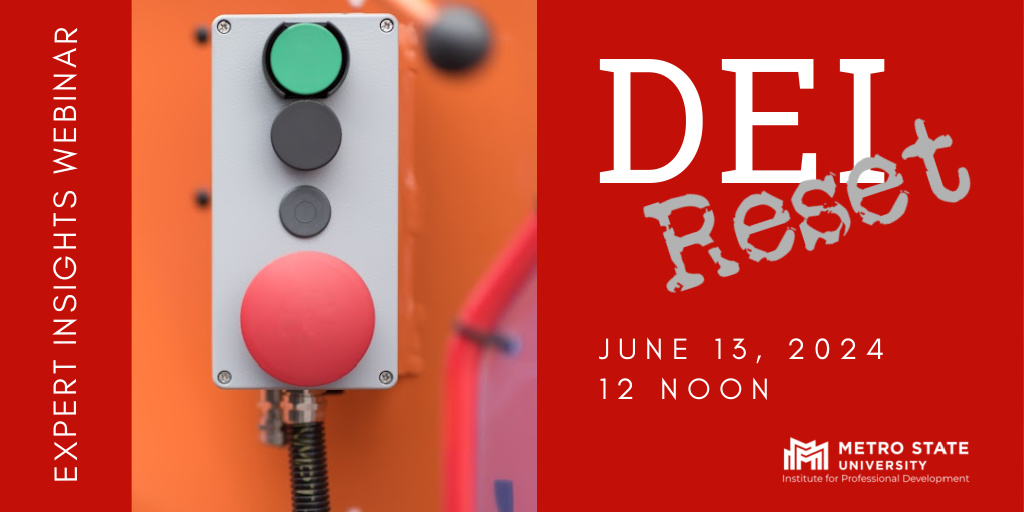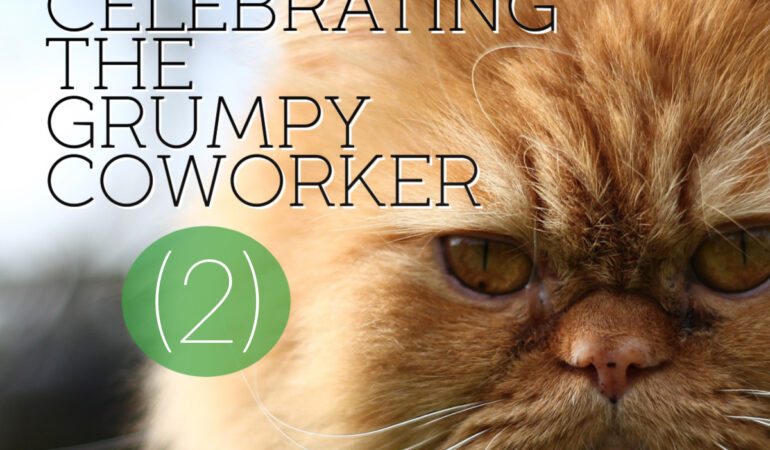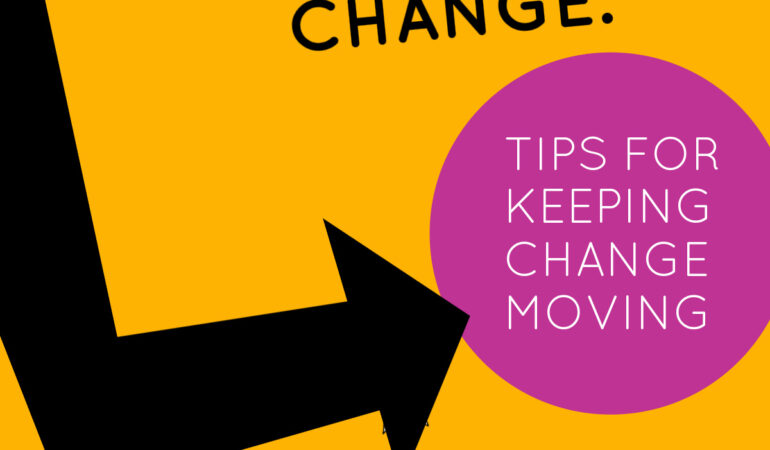Business Architecture News and Trends

Business architecture is critical for a business.
Business architecture is like a well-designed map for your organization.
It helps you navigate the complexities of your business, make informed choices, and reach your desired destination of strategic goals.
Business Architecture Blog
Business Architecture 201: Part 1 – Business-Object Oriented Capabilities and their Relationship to Information | Past Expert Insights Webinar
Explore the core business architecture that DHS is leveraging to integrate service delivery and develop an enterprise portfolio of products.
Business Architecture 201: Part 2 – Using Architectural Value Streams to Center the People We Serve | Past Expert Insights Webinar
Learn more about value streams role and position in the larger business architecture framework.
The Modern Business Architect: Lessons from the Field: Part 1 – A Business Architect’s Role in Product Management | Past Expert Insights Webinar
Learn more about how product managers can use business architecture in their roles.
The Modern Business Architect: Lessons from the Field: Part 2 – Getting the Business to Care About Business Architecture | Past Expert Insights Webinar
Discuss some tips and techniques for getting your business stakeholders to become your greatest champions.
The Modern Business Architect: Lessons from the Field: Part 3 – Modern Approaches to Collaborating Across Architecture Disciplines | Past Expert Insights Webinar
Explore modern operating models for organizing different types of architects, along with approaches companies are taking to improve collaboration.
Standing Up a Business Architecture Practice Part 1: Your Value Proposition | Past Expert Insights Webinar
Cover the basics that must be established before even starting to think about a formal business architecture practice.
Standing Up a Business Architecture Practice Part 2: Your Business Architecture Practice Charter | Past Expert Insights Webinar
Learn how to stand up a business architecture practice within an organization.
Standing Up a Business Architecture Practice Part 3 – Your Governance / Past Expert Insights Webinar
This third and final session in Standing Up a Business Architecture Practice poses questions that should be considered when it comes to the governance of an enterprise-level business architecture practice.
Solving the Puzzle: Using Models to Organize Enterprise-Level Change | Past Expert Insights Webinar
Learn how to leverage business models to define overall scope, map work tracks, track vendors & systems, and ensure end-to-end coverage.
Business Architecture at the Speed of Business | Past Expert Insights Webinar
This webinar focuses on practical tips and methods to use tools already in their toolbox to hit the turbo button and keep up with the world around them.
Back to Business (RTO) Through a Business Architecture Lens – Past Expert Insights Webinar
A look at the COVID pandemic’s impact on corporations and the digital economy through the lens of business architecture.
Business Architecture In Uncertain Times | Past Expert Insights Webinar
How Business Architects Can Help Their Companies Navigate Through Uncertainty.
Modernization, Maturity, & The Playbook: Part 1 – The Marvel of the Playbook | Past Expert Insights Webinar
This session focuses on the creation of the State of Minnesota’s Office of Transformation to standardize and assist state agencies with their modernization efforts.
Modernization, Maturity, & the Playbook: Part 2 – Ideas for Standardizing Maturity Mapping | Past Expert Insights Webinar
Learn how the playbook works in conjunction with maturity assessments.
Modernization, Maturity, & The Playbook: Part 3 – Managing Transformational Change | Past Expert Insights Webinar
This session will discuss the importance of change management in any transformation.
How Mature Are You? | A Workplace Blog
Learn how as little as 15 minutes or having 2 or 3 conversations can determine where you are on the capability maturity model can save you time, money, and frustration.
Does Your Company Need More Convincing to Send You to Business Architecture Certification Training? | A Workplace Blog
Does Your Company Need More Convincing to Send You to Business Architecture Certification Training?
Leadership – How do you encourage Agile and innovation in a Bureaucracy? | A Workplace Blog
Read More…
Is Pocket Agile a Thing, or Did I Just Invent It? | A Workplace Blog
Is Pocket Agile a Thing, or Did I Just Invent It? Or – Is it OK to be Agile Lite? By: Beth Schaefer Director, Institute for Professional Development I hesitate to say that I am practicing Agile because I have not been formally trained in Agile. And, I work


